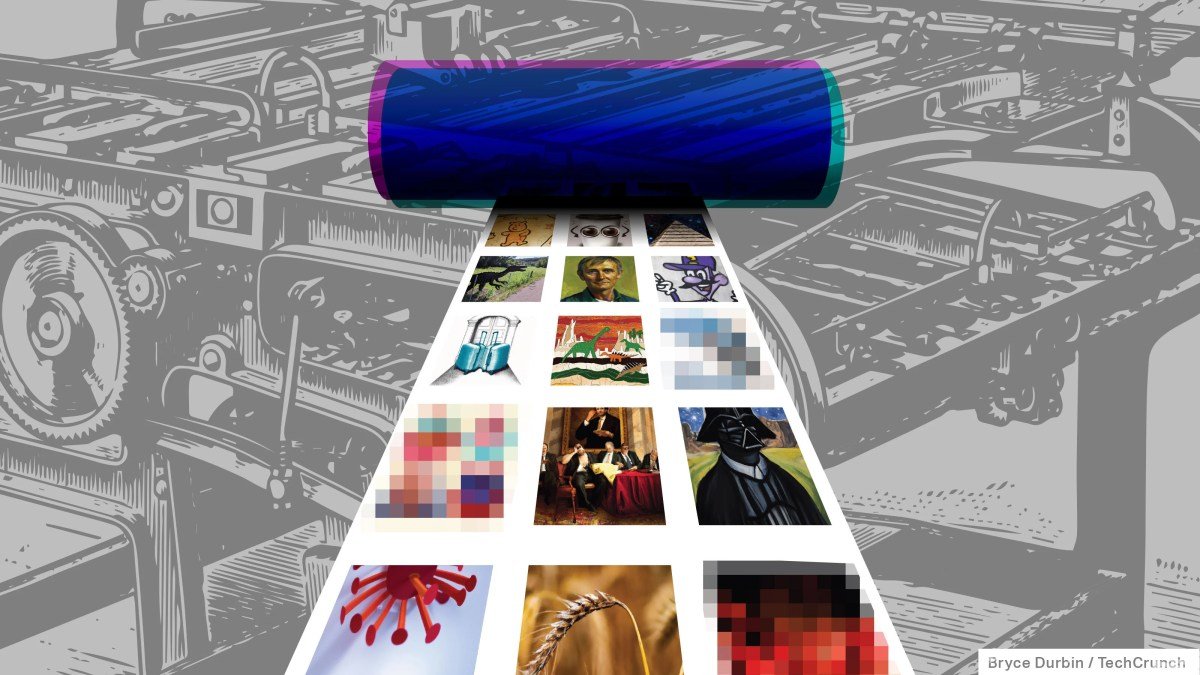Getty Images has made a groundbreaking announcement at CES 2024, unveiling their latest service that harnesses the power of AI to revolutionize the world of visual media. This innovative service, called Generative AI by iStock, utilizes Getty’s massive collection of stock photography and videos to generate new, licensable images and artwork.
Available in 75 languages and backed by technology from Nvidia, Generative AI by iStock is designed to protect against the unauthorized use of copyrighted elements, such as products, people, or places. It not only has the ability to modify existing images, but also generate entirely new ones. Additionally, this service can be easily integrated with existing apps and plugins through an API – making the creative process even easier for users.
The cost for this cutting-edge service is just $15 for every 100 generated images, making it an affordable option for all creative professionals.
Grant Farhall, iStock’s Chief Product Officer, shared his vision for Generative AI by iStock, saying “Our main goal with this service is to provide customers with an easy and cost-effective way to incorporate AI into their creative process. We want to eliminate any fear that protected elements may have slipped into our data set and could potentially end up in their work.”
This release marks Getty’s second generation of AI tools, as the debate over copyright infringement by AI heats up.
Generative AI models, which learn from billions of examples of artwork, ebooks, essays, and more, have been known to regurgitate copyrighted material when prompted in specific ways. This has sparked controversy and legal concerns, especially when creators of the models have not obtained permission or paid fees for using copyrighted material.
In a recent article published by IEEE Spectrum, noted AI critic Gary Marcus and visual effects artist Reid Southen demonstrate how AI systems, including OpenAI’s DALL-E 3, can produce outputs similar to copyrighted material even when not specifically prompted to do so. They note that there are currently no tools or databases available for users to check for possible infringements, leaving creators vulnerable to legal action.
Previous court cases against AI companies, such as Stability AI, Midjourney, and DeviantArt, have been filed by artists who argue that the models used by these companies infringe on their copyrights by training on their works and producing outputs in a similar style.
Getty Images itself has also been involved in a copyright lawsuit with Stability AI, who allegedly used and processed millions of images and associated metadata owned by Getty without proper authorization.
As a safeguard for their customers, Generative AI by iStock offers a legal coverage policy for any licensed visual generated through the service. This last resort option provides $10,000 in legal coverage, providing peace of mind for users.








